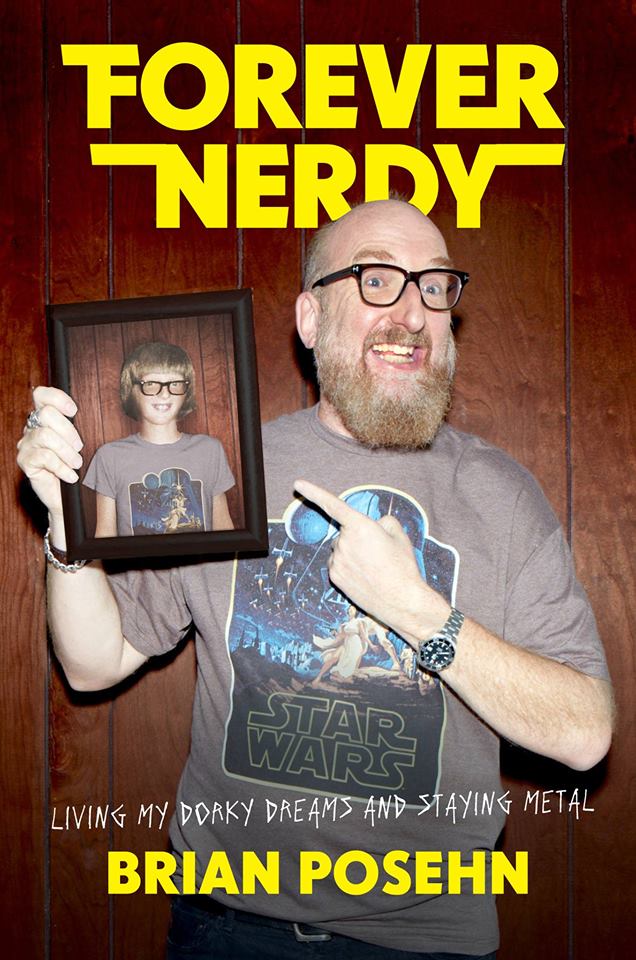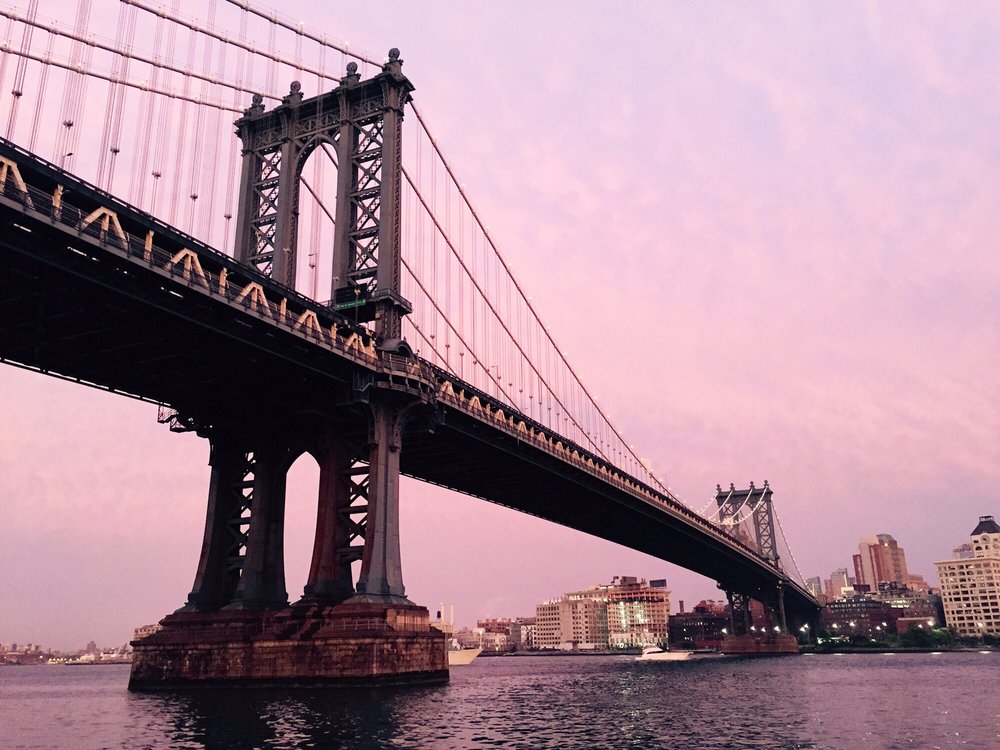What: Futuristic DUMBO: Rising Seas, Thriving Artists, Charming Alleys and Other Scenarios
When: from Feb. 8 through Feb. 22, 2007. An opening reception with refreshments will be held on Feb. 8 from 6 to 9 PM.
Where: 111 Front Street, Gallery 208, Dumbo Brooklyn
[From the Dumbo Improvement District press release (partial):]
On February 8 at 111 Front Street, Gallery 208, the Dumbo Improvement District will unveil four plans for the future of Dumbo, each created by graduate urban design students from the Pratt Institute. The plans range from a vision of an elevated DUMBO dealing with global warming and rising seas to a Dumbo that supports artists studios in the park, one with moving theaters on trolleys and another with through-block alleys and passageways that enliven and reconnect the neighborhood.
1) DUMBO Under Water
The most provocative exhibit of the four is the one in which students used NASA projections for rising sea levels for the next 50 years and found that, according to the data, DUMBO would be flooded up to the Brooklyn-Queens Expressway by 2056.
In response, the students created a plan for building a new, higher ground and raising the streets, as well as creating a series of hydrodynamic islands and connecting upper floors of buildings. This plan also calls for moving the Empire Stores to a new, more elevated location.
2) Saving the Artists
The second team of students performed a study of the social realities of DUMBO. “There is a transformation underway where artists are now being priced out even though they were the community that started the resurgence of the neighborhood and gave it its flavor. What is the future? Will the description of DUMBO as an artistic community only be a marketing veneer?†asks Prof. Brunzema.
The students proposed reconnecting the artists’ social networks and physical networks between DUMBO and Vinegar Hill including reutilizing space under the Manhattan Bridge and connecting the F train stop under the BQE. A major linchpin of this plan is the relocation of the Consolidated-Edison substation. The remaining concrete pads would be used to build artist studios. Around the pads would be park land. “This would be a park interspersed with artists studios built on pads, extending the Brooklyn Bridge Park up to the Navy Yard. This would create a permanent home for artists and more visibility for their work and their community,†says Prof. Brunzema.
3) The Pedestrian Experience
The third group of students focused on the pedestrian experience. “DUMBO’s isolation has led to the neglect of many of the neighborhood’s basic amenities like sidewalks, streetlights and trash cans,†says Mr. Reed. “As more residents and businesses have begun to move into the neighborhood, we need to address theses shortcomings.â€
The students’ focus was on reducing traffic, creating more pedestrian-only zones and drawing more pedestrians across the bridges and into the neighborhood. A major part of this plan is to create a multi-modal station at the base of each bridge where people can leave their bicycles and cars and connect to public transportation. The stations would also be connected to a series of bicycle paths.
The second portion of this study focused on using existing courtyard and alleyway entrances and expanding them to create a network of alleys and passageways throughout the neighborhood. “This is an idea that is modeled on the centuries-old European idea of the galleria,†says Prof. Brunzema. “Not only does this enhance the pedestrian experience but it increases the rentable ground-floor commercial space by 400%.†This plan could also help preserve the artist community while leaving lots of space for high-end retailers. “The artists can occupy the spaces in the through-block alleys while the retailers take the high-visibility street-front spaces.â€
4) A Trolley Runs Through It
The fourth group of students felt the train tracks were an opportunity to differentiate the neighborhood. “They would revive the tracks, unbury them, reconnect them and activate them with trolley cars that could be used as mini-theaters and kiosks.†Many streets in the neighborhood would also become closed to traffic. The trolleys would reconnect the DUMBO and Vinegar Hill neighborhoods as well as reconnect the neighborhoods to the waterfront. The unique trolleys and the pedestrian-only streets would also make DUMBO a weekend destination for other New Yorkers and visitors to the area.
{Futuristic DUMBO: Rising Seas, Thriving Artists, Charming Alleys and Other Scenarios, Press Release [PDF]}







Pingback: Green Brooklyn » Blog Archive » Dumbo Under Water
Pingback: Green Brooklyn » Blog Archive » Dumbo Under Water
Pingback: Dumbo Gets Smarter? at
Pingback: Dumbo Gets Smarter? at